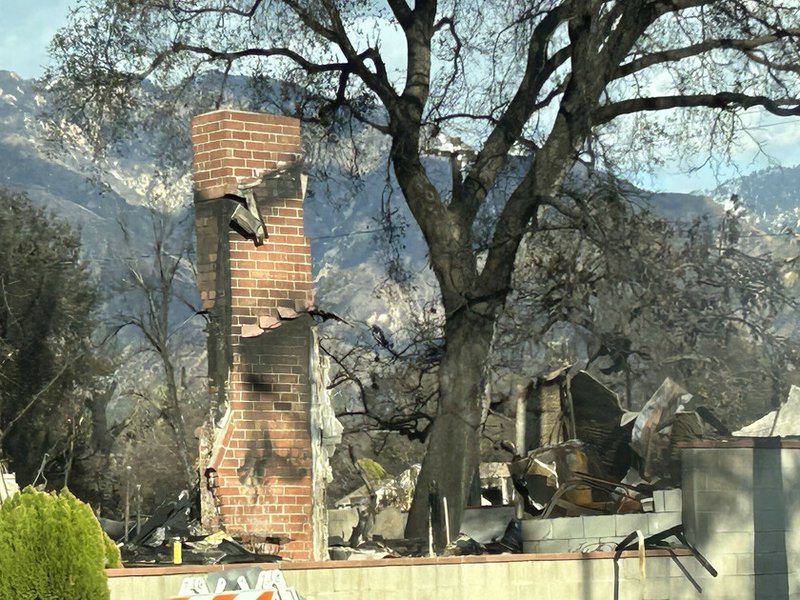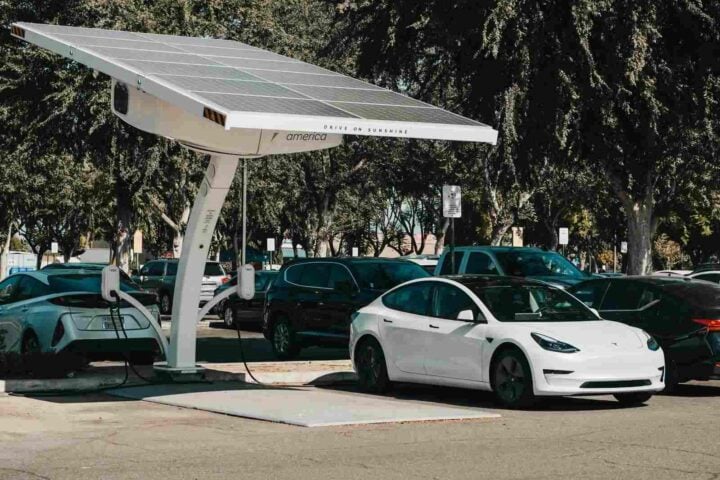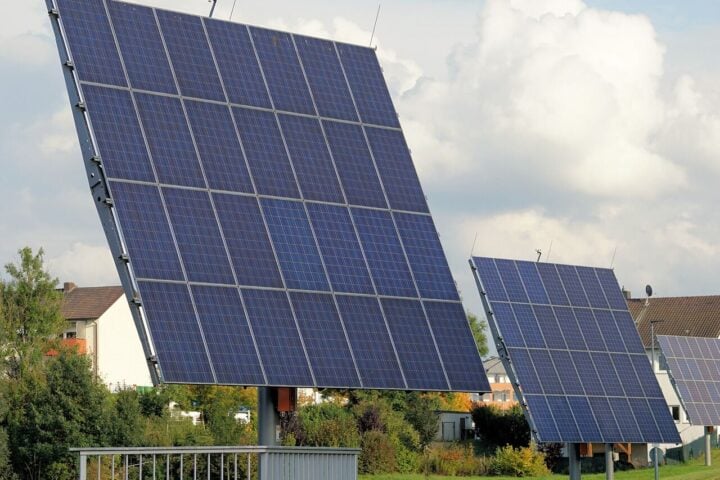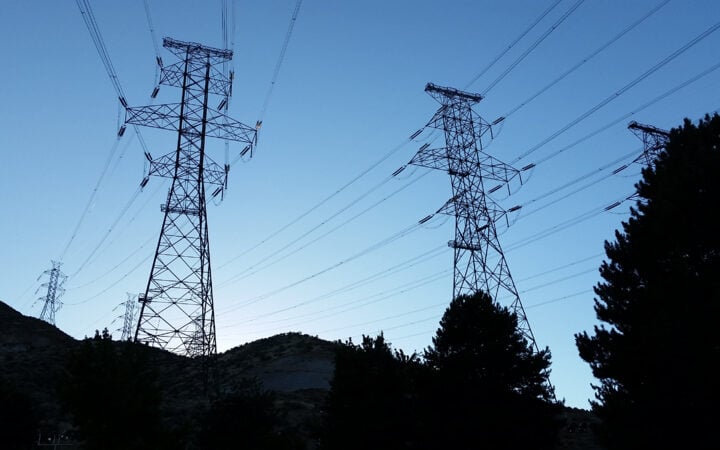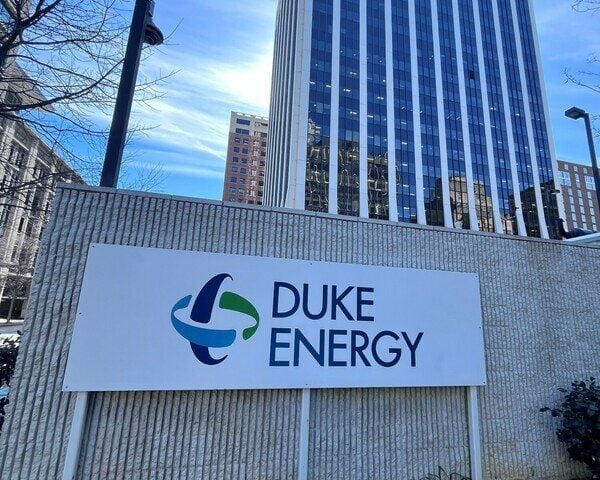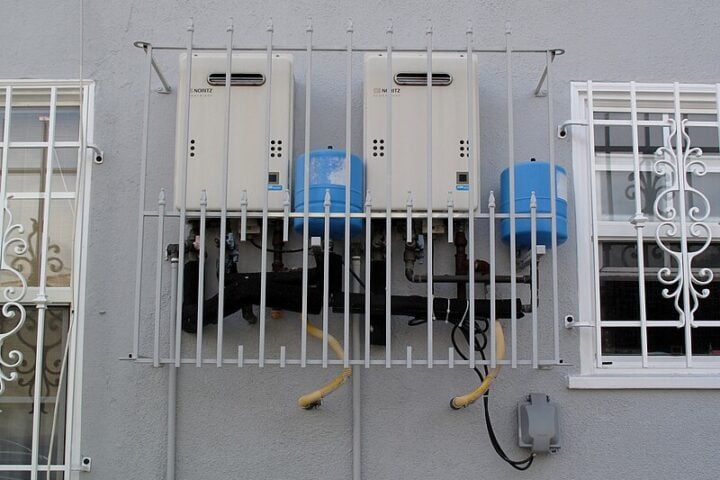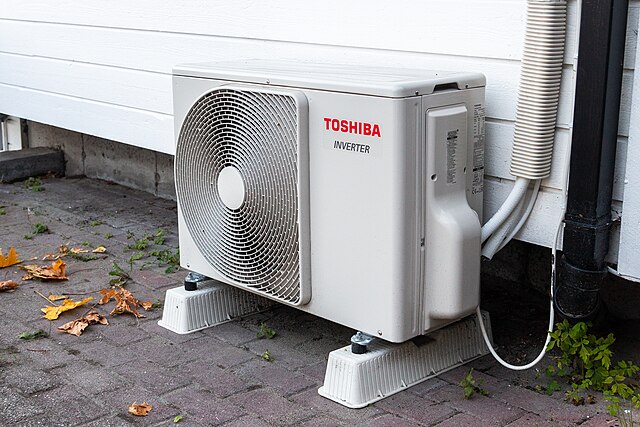Big oil and gas companies may soon have to pay for California’s climate disasters. A new state bill would make companies that released large amounts of greenhouse gases between 1990 and 2024 put money into a special fund.
The timing is critical. Los Angeles faced historic wildfires, causing $250 billion in damage and killing 29 people. Climate change has made these fires worse by creating longer dry seasons that overlap with strong Santa Ana winds.
“The L.A. fires show with heartbreaking clarity how much we need this bill,” says Kassie Siegel from the Center for Biological Diversity’s Climate Law Institute. “The public shouldn’t pay billions every year to recover from climate disasters while polluting companies profit.”
State Senator Caroline Menjivar and Assembly member Dawn Addis introduced the Polluters Pay Climate Superfund Act. The bill would create a program to collect money from companies based on how much they polluted. This money would then help communities deal with wildfires, floods, and other climate problems.
The numbers show why this matters. Just 90 large fossil fuel companies cause about two-thirds of all human-made carbon dioxide and methane emissions. These gases trap heat in the atmosphere and make climate change worse. Fossil fuels create nearly 90% of all carbon dioxide released into the air.
Similar Posts
The new fund would pay for practical help like:
- Installing solar panels in low-income communities
- Better fire protection for communities
- Support for firefighters during disasters
- Projects to prevent future climate damage
Over 140 groups support the bill, including health experts, community organizations, and environmental scientists. However, oil and gas companies argue it could lead to job losses and increased costs for consumers.
Vermont and New York passed similar laws last year. California’s version would look at climate costs through 2045 and make companies pay based on their pollution levels.
Fire seasons now last longer and cause more destruction than before. This means communities face mounting costs for prevention, response, and recovery efforts. The bill aims to shift these costs from taxpayers to the companies that contributed most to the problem.
